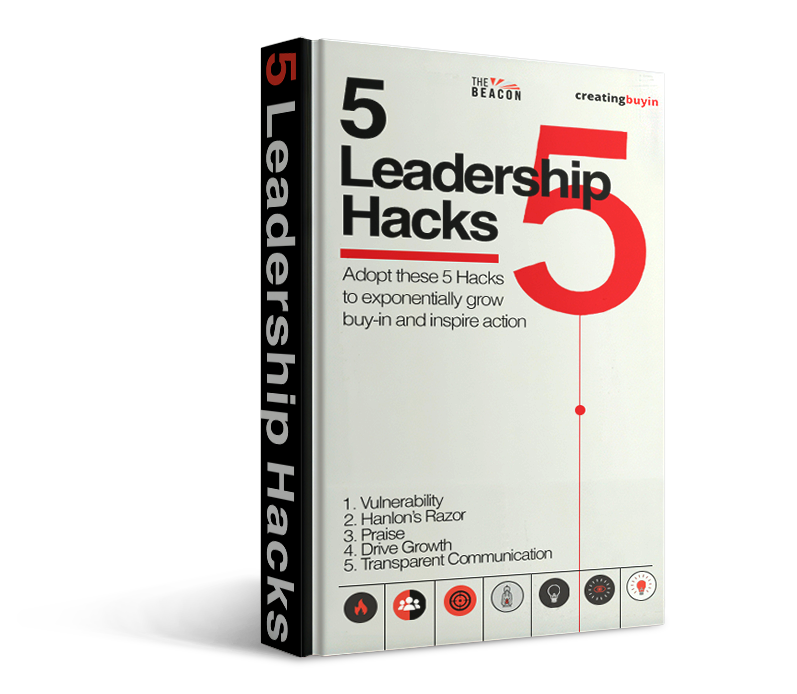Believe in Them More Than They Believe in Themselves

There’s a teacher, and it’s her first day at a brand new school. She’s nervous, so she decides to go in early and make sure she learns everyone’s names. She pulls out the roster and notices that next to each name, there’s a number. 130, 160, 150, 170, 125!
“Wow,” she thinks. “These kids are gifted and extremely intelligent.”
Throughout the school year, she teaches her gifted group the way any good teacher would—by appreciating, recognizing, and encouraging them. The school year ends, and her class achieves the highest grades in the school. She’s not all that surprised, though.
The principal, however, is a little more surprised. He stops her in the hallway one day and asks, “Hey, how’d you do that?! You’re a brand new teacher, and you took the most challenged kids in the school and turned them around in one year! What’s your secret?”
Confused, she responds, “I don’t know what you’re talking about, but those kids are extremely intelligent. Just look at their IQ scores.”
“IQ scores?” the principal asks, puzzled. “We don’t have access to that. Let me see what you’re looking at.”
He grabs the paper from her desk, glances at it, and bursts out laughing. “These aren’t their IQ scores… These are their locker numbers!”
The Pygmalion Effect
What we’re talking about here is the Pygmalion Effect, where higher expectations lead to improved performance. It originates from psychological studies demonstrating that when leaders, teachers, or managers hold positive expectations for people because they have high belief in them, those individuals tend to perform better. This effect highlights how belief in someone’s potential can boost their confidence, motivation, and ultimately their success. Conversely, low expectations can lead to poorer outcomes, a phenomenon known as the Golem Effect.
This should be coaching tool #1 in your arsenal: to believe in them more than they believe in themselves. But we’re talking about true belief. You can’t butter someone up just because you’re versed with in the Pygmalion effect and know the power it has. It needs to come from a genuine place.
The Rope and the Lid
Say you’re raising an elephant, and you’re trying to train it to stay close and not run away. You tie a rope around its foot and stake it to the ground. Over time, the elephant grows up this way—staying close to where it’s tied down, never questioning the boundary. Then one day, you decide to remove the stake, but the elephant doesn’t move. It’s been conditioned to believe that the rope limits its movement, even though the constraint no longer exists—it’s now only in its mind.
The same principle applies to a jar of fleas. If you keep a lid on the jar, the fleas quickly learn that they can only jump as high as the lid allows. But once the lid is removed, they continue to jump within that same small range. They’ve been trained by their environment to accept a limitation that no longer exists.
As leaders, our job is to help people realize that there’s no rope tying them down and no lid capping their potential. The limitations they believe in are often self-imposed. Our role is to inspire them to break free from those mental barriers, to see beyond what they’ve been conditioned to accept, and to encourage them to reach heights they never thought possible. Be sure that the way you’re coaching isn’t keeping them mentally bound to that rope or lid
Conclusion
Here’s why this matters: when you genuinely believe in someone, it changes the way you interact with them. You give more meaningful feedback, you challenge them appropriately, and you show greater patience when they struggle. They, in turn, begin to internalize that belief. They push themselves harder, take more risks, and develop the resilience to overcome setbacks.
Think of it like a mirror. When you reflect belief, encouragement, and expectation onto someone, they begin to see themselves in that light. This reflection fuels their growth. Over time, they start to match the vision you hold for them, not because you demanded it, but because you inspired it.
The key is authenticity. You can’t fake belief. If you want this tool to work, you have to look beyond what’s on the surface. Instead of focusing on where they are now, focus on where they could be. Recognize their potential, not just their current performance. People grow into the belief others have in them, but only if it’s sincere.
So, as a coach, leader, or mentor, ask yourself: Am I creating an environment where people feel believed in? Am I setting expectations that inspire growth rather than limit it?


